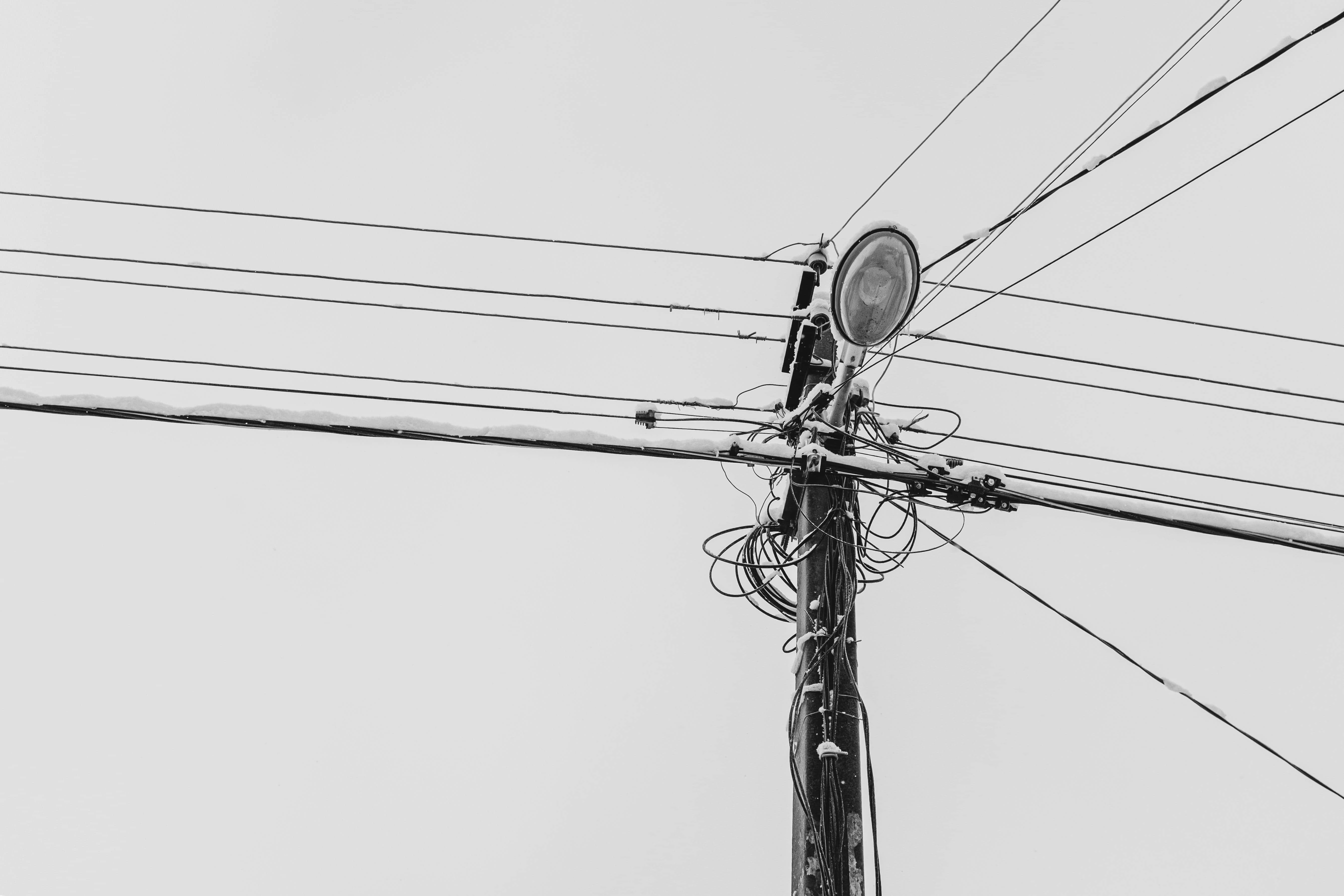
Does Dimming Lights Save Energy?
Find out how and why dimming lights can save you money and be more energy efficient.
YES! Dimming lights WILL save you energy and reduce your carbon footprint. Thanks for asking AND doing your part.
BUT WAIT DON'T GO! Because actually, it depends on the type of dimmer and light bulb you have.
Dimmers are not new, and energy-saving dimmers are not new either. Joel Spira invented the energy-saving dimmer in the late 1950s, called the thyristor.
If your priority is to save energy and you want the quick and dirty answer, here it is:
[INSERT CALLOUT] Your best option is to either get new LED bulbs along with a new compatible light-switch dimmer, or a smart bulb and app without the manual dimmer.
Types of Dimmers
Dimmer switches work by one of these two main types of manual dimming technologies:
To save energy, you are looking for the thyristor. This works by interrupting the current delivered with semiconductor material to the bulb, thus reducing the power and energy.
The rheostat works by using a resistor. The resistor works by adding resistance to the electrical current by converting the unwanted power into heat. Though you may have the ambiance you are looking for, you won't be saving any energy with a rheostat.
With more modern dimmers and smart technologies, the thyristor has gotten additional upgrades with circuitry and programming saving you more energy and working with more light fixtures.
Choosing the Right Dimmer
Unfortunately, it's not easy to tell what kind of dimmer you have. If you have a newer house, particularly less than 30 years old, there is a good chance the dimmer is not a rheostat.
Rheostats just aren't compatible with CFLs and LED lighting. As newer fixtures were installed, the dimmers had to have an upgrade as well.
Though it's still not easy to tell what type of dimmer you have, this is the reason why we just recommend upgrading the bulbs to LED and/or the dimmers.
LEDs are significantly more efficient than any other bulb type, saving you energy right off the bat.
Energy Savings
Mood lighting, room's aesthetic appeal, amount of power
When you are changing the light output, you are changing the amount of power the light is producing. Meaning, you are using less electricity.
How much energy consumption and money you will save all depends on the amount of lighting fixtures you have, wattage of your bulbs, how long they are on, and how much you are dimming.
For a typical office building used for people, it is estimated that 20% of the total energy comes from lighting. This may be less for a home because you can use more natural light during the day than in an office building. If you lowered all the lights by 50%, it would be possible to save around 50% of the energy coming from the lights compared to what they would use at full brightness.
Is that realistic to do? Probably not. People might start complaining they can't see. But energy savings are still possible.
On the other hand, by changing fixtures from incandescent light bulbs to LEDs you can see dramatic savings. Without adding a dimmer switch, just changing to LED light bulbs you can see 60, 70, or 80% energy savings of that original 20% of your utility bill.
For
Buzzing LED Lights
Sometimes, when you use a dimmer switch with an LED light bulb, you may hear a buzzing sound. This buzzing happens because not all LED bulbs are compatible with every type of dimmer switch. LED bulbs need specially designed dimmers called "LED-compatible dimmers." These dimmers are made to work well with LED lights and reduce the buzzing sound.
Extended Bulb Life
Yes, using a dimmer switch can actually extend the life of a light bulb. When you dim the lights, you are reducing the amount of energy flowing through the bulb. With less energy flowing, the bulb doesn't get as hot, and that can make it last longer.
Installation
Installing a dimmer switch can be a bit tricky. If you're not comfortable installing one by yourself, a handyman or electrician can help.
You can put LED bulbs in fixtures that have incandescent bulbs, but just note that if there is a dimmer switch it may not work in the way you hope. The light may have a buzzing sound, or may not dim properly.
Either install an smart LED light bulb and use the app to dim, or replace both the fixture and the switch.
Takeaways
Dimming lights is an excellent way to save energy and lower your electricity usage. By choosing the right dimmer and light bulb combination, such as LED bulbs with compatible dimmers, you can achieve significant energy savings while setting a warmer ambiance.
Don't forget, safety first! If you don't feel comfortable replacing a switch yourself, find a local handyman or electrician for assistance.
Energy savings doesn't have to be hard. Embracing energy-savings practices, no matter how small, contributes to a more sustainable future.
Written by Hannah Bastawrose (Seeger)
Hannah graduated from Penn State with a Bachelors Degree in Mechanical Engineering and a Minor in Meteorology.
Connect
Recent Posts
Road to Recovery: Fort Worth homeowners receive $27 million after 2021 Winter Storm Uri
Fort Worth residents are still recovering from the havoc caused by Winter Storm Uri in 2021, but now relief is on the horizon in the form of $27 million in grants.
September 2025

3 minutes

PPL Electricity Rates Climb Ahead of the Holiday Season
December 2025

4 minutes

Unlimited Electricity Plans in Texas: Here’s What it Actually Costs
Searching for unlimited electricity plans in Texas? On the surface, they sound perfect: one flat bill, no matter how much power you use.
August 2025

4 Minutes



